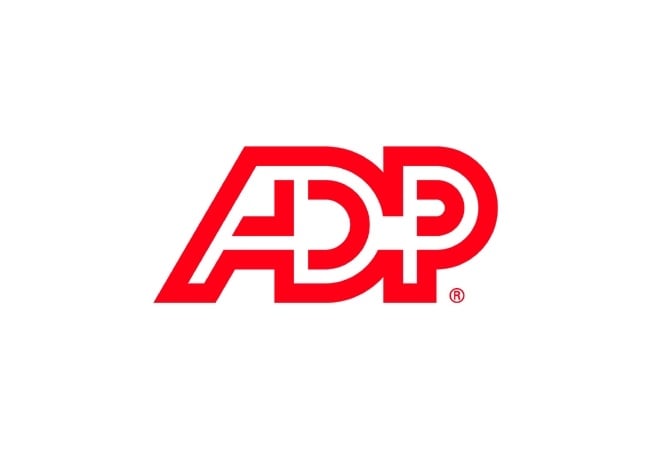Hannah Beppel
May 16, 2023
Pay Equity vs. Pay Transparency—Defining the Difference, Unscrambling the Jargon

Pay transparency laws take the Equal Pay Act of 1963 a step further, requiring businesses to show pay ranges or report company wages.
What Is Pay Transparency?
Pay transparency is the employer practice of disclosing information about employee compensation standards to others—internally, externally, or both. Employers can choose varying degrees of transparency based on state and local mandates or their own pay strategy.
While laws differ from state to state, some require publishing pay ranges for all open positions. Others require employers to provide the pay range by the time of the final interview or upon request by the applicant, including internal applicants. Still, other states have opted to require businesses to file annual reports showing company wages broken out by race, gender, ethnicity, age, and other categories.
What Is Pay Equity?
Pay equity is the concept that equal work deserves equal pay no matter the person, their race, gender identity, or age. Equal pay for equal work has been legislated since 1963 with the Equal Pay Act, again in 1964 with the Civil Rights Act and other landmark laws. Regardless of the motive, educating leaders on how to make pay decisions using a "pay for performance" compensation approach is essential.
Is Pay Transparency the Same Thing as Pay Equity?
No, but they are connected. Pay transparency is likely to be an excellent motivator for companies to practice equitable pay. Most labor economists still calculate a pay gap between genders and other protected groups. This gap is most likely why states are stepping in to legislate pay transparency—and, in effect—enforce pay equity.
What Are the Pros, Cons of Pay Transparency?
The pros of pay transparency include increased awareness of and commitment to social responsibility, lower likelihood of lawsuits, improved productivity and morale, lower turnover rates, and attracting to new talent. While committing to the social responsibility of pay transparency is important, pay transparency affects the business's overall brand reputation, which can ultimately impact the bottom line.
The cons of pay transparency can include adverse employee reactions and potential turnover if unethical pay practices are exposed. Shining the light on unethical pay practices could also negatively affect brand image.
Conclusion
Employers should seek the advice of their employment counsel if they are unsure how pay transparency laws may affect them. Ultimately, it is up to business leaders to adhere to pay practices that attract strong talent and comply with the laws in their states and localities.
Be sure to stop by ADP’s Thought Leadership workshop, “Pay Transparency: Managing the Impact and Harnessing the Opportunities,” during Workshop Session 5 on May 17.
Advertisement
Hannah Beppel is a Content Marketer at ADP.
An unabridged version of this story originally published on SPARK (ADP.com/SPARK), a blog designed for you and your people by ADP®.




-1.png?width=150&height=71&name=MicrosoftTeams-image%20(1)-1.png)